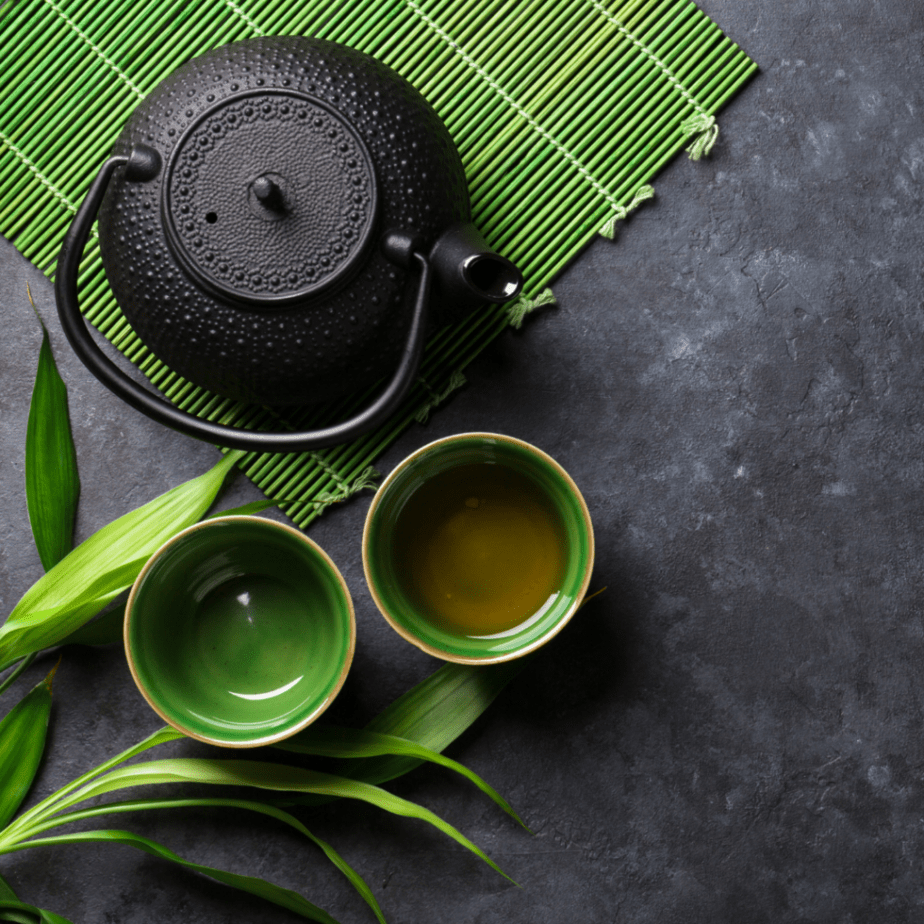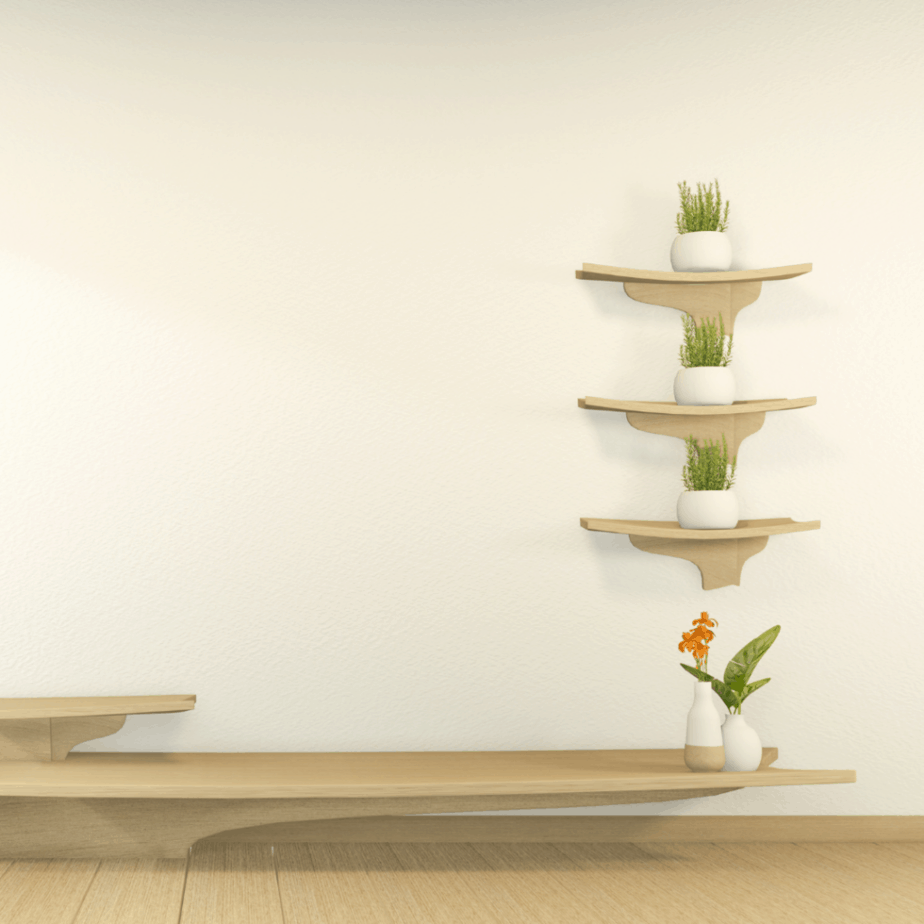The Art of Japanese Minimalism
Japanese minimalism is a great thing that’s growing in popularity lately. There are so many people joining this movement so they can make their lives easier, simpler, and more sustainable.
What is Japanese Minimalism
Japanese minimalism is inspired by the aesthetic of Japan’s traditional Zen Buddhism, and it focuses on keeping life simple, clean, and uncluttered by living with just the essentials.
Japanese aesthetics started the idea of less is more – they favor holding onto life balance, clean and uncluttered living, and a love for natural beauty. This minimalist way of living has formed all aspects of Japanese culture, lifestyle, and art.
Japanese minimalism favors taking care of yourself, your assets and making the most out of what you already have, rather than buying something to fill a void you think you have… keyword being think.
You’d be surprised what can be repurposed or multi-purpose, and how Japanese minimalists find ways around things they feel like they are missing.

The Concept of “Ma”
The concept means gap, space, or pause in the Japanese language and refers mostly to negative space. In artwork, the existence of “ma” represents the ‘emptiness full of possibilities, like a promise yet to be filled’. So when it comes to Japanese minimalism, they see every empty space as an opportunity and we love that.
When you hear the term “ma” used when talking about minimalism, you should always think of a space as an opportunity. This ideal is why so many people are choosing to use Japanese minimalism when decorating their homes. It gives your house a good feel that because you have an open space, you have endless amounts of possibilities in your home.
Japanese Minimalism in the Home
The idea of Japanese minimalism in your home is to get rid of everything you don’t need, and only keep what you do need. It focuses on living a more simplistic life where objects and materials aren’t everything and you can focus more on what does matter.
When it comes to your home, you don’t always want to be rushing around and stressing yourself out because you can’t find that one item you bought two weeks ago but haven’t thought about since, until now of course.
The Japanese minimalist philosophy encourages people to lead a more simple life, where their home is simple, clean, and easy to maintain.
In Japanese minimalist homes, everything has a place, and they don’t have an excess amount of items they don’t need. For example, they use a window ledge as a countertop instead of adding floating shelves in their bathroom. Or, they only own 1-2 of each utensil because to them, that’s all that’s necessary.
5 Japanese Minimalist Ideas You Can Apply to Your Life
1. Less is always more
In Japanese minimalism, they truly believe that having less is more. Whether that means less furniture, fewer utensils, or less house, having less creates a Zen space that you don’t feel stressed in, or you hate looking at.
The whole point of life is to enjoy every second, and if you feel overwhelmed by what you have and what you see every day, are you really enjoying your life?

2. Empty space = endless opportunities
The go-to aesthetic of Japanese minimalism is having an excess amount of emptiness. Going back to the term “ma”, celebrates the space and emptiness in a particular area, which is much different than how people typically celebrate having extra things.
If you’re looking to join the Japanese minimalist movement, you have to learn to enjoy the empty space you create in your home. Emptiness means opportunities!
3. Declutter things you don’t use or need
Japanese minimalists typically only have 1-3 things of certain items. Toothbrushes, utensils, pillows, blankets, etc.
They believe in not owning more than what you need, so if you have 10 different spoons, forks, and knives, but you really only use 5, declutter the extra 5 you have and it’ll feel like a weight is lifted off your shoulders.
Go through your home and apply this thinking to everything – shoes, shirts, jeans, candles, and towels, literally anything you can think of! If you don’t need it, declutter it!
4. Don’t be a slave to money
You don’t need 10 different shirts in the same color and style, even though they were all cheap items.
In Japanese minimalism, they prefer to spend more money on items if they are high quality. Have you ever seen someone in Japan not looking stylish?
They make the most out of what they have by purchasing high-quality, more expensive items, they just purchase less of them and restyle pieces often. They value quality over quantity.
5. Be stingy with your time
Are you wondering how this relates to Japanese minimalism? It’s because like all things in life, you need to be picky about where you spend your time and energy.
The Japanese minimalist culture is all about making your life easier, simpler, and happier, so be careful how you spend your time and what you put your effort into.
Your time is just as valuable as your money and belongings, so spend it wisely and on things that bring you nothing but happiness.
Japanese Minimalism Resources
Practicing Japanese minimalism isn’t easy to do all on your own like most things aren’t. Changing the way you live your life and improving yourself takes time and learning to get to where you want to be and where you see yourself. Learning and practice Japanese minimalism is no different.
Here are some of our favorite resources to help you learn more about minimalism in general:
(Disclaimer: As an Amazon Associate, I receive a small commission on items purchased. I only recommend products and resources that I love!)
BOOKS:
Goodbye, Things: The New Japanese Minimalism
The Life-Changing Magic of Tidying Up: The Japanese Art of Decluttering and Organizing
Declutter: The Japanese Art of Minimalism
Our Final Thoughts
If you are looking to change your lifestyle by simplifying your life, taking care of yourself more, and practicing a minimalist lifestyle, we recommend the resources above to help you learn more about this movement, how it works, and how it’ll change your life for the better.















![Toni Kroos là ai? [ sự thật về tiểu sử đầy đủ Toni Kroos ]](https://evbn.org/wp-content/uploads/New-Project-6635-1671934592.jpg)


